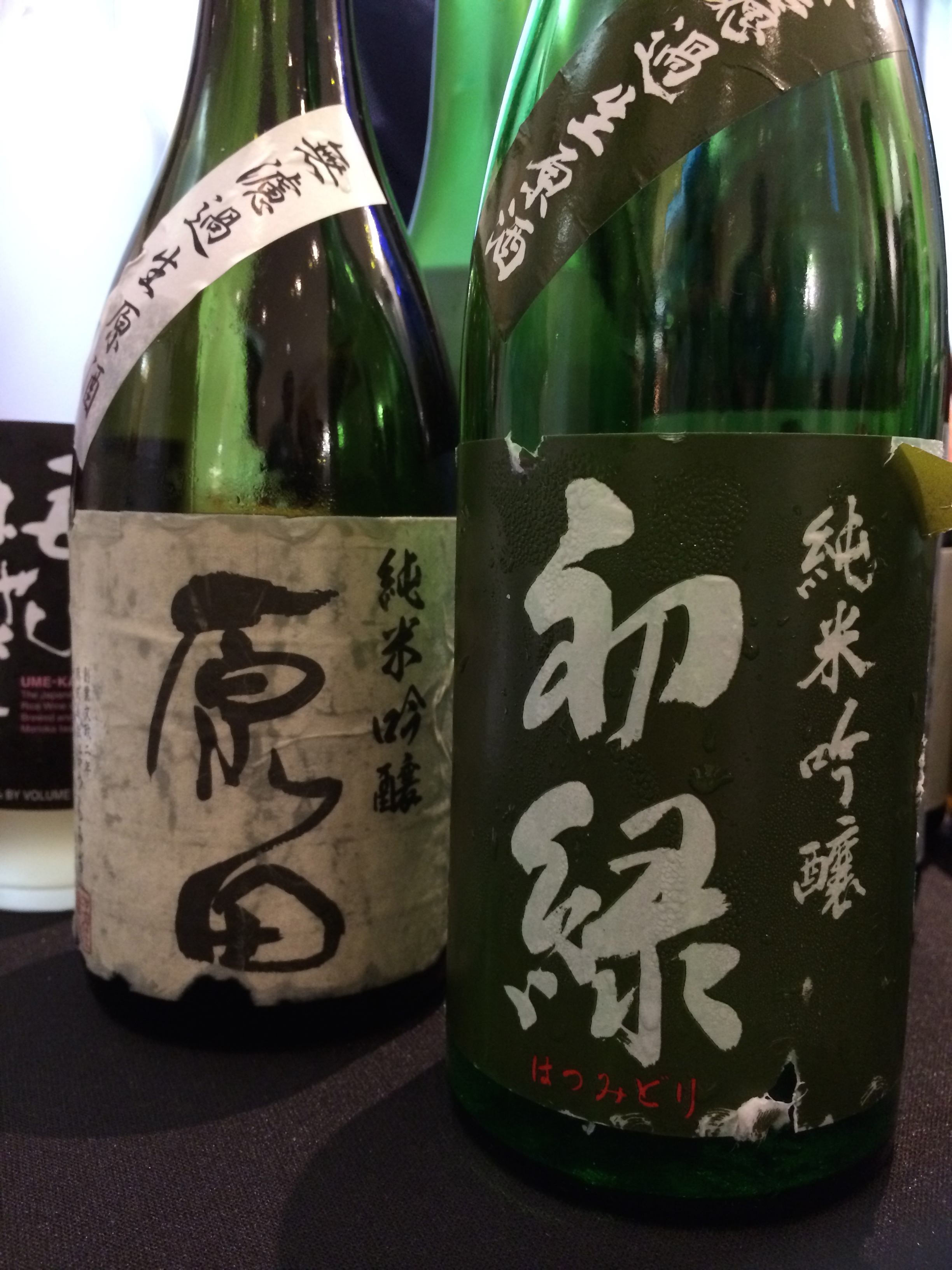Exploring the World of Sake: Latest Offerings and Interesting New Trends
Introducing people to Japanese culture in America is a key part of our mission at Japan-Suite, and an important part of that mission is to participate in events, such as the sake exploration we went to this weekend. Of course, it was a fun indulgence too.
We had an opportunity to visit the Sake Expo in New York City, where more than 20 Kuramoto (brewers) from Japan presented their brand’s sake and shochu. It was so crowded with enthusiastic trade people and sake lovers, that it was almost hard to walk around!
Unfortunately, we got there a little late and couldn't try even a quarter of the products though, which may actually be a good thing because I have to say we were still able to try enough to get ourselves a bit tipsy. Of course, in NYC, we don’t have to drive, so it was great! Many brands we saw were familiar ones served at Japanese restaurants and bars, but quite a few of them are offerings we had never heard of. It was quite refreshing to see many Kuramoto are looking to embrace cultural differences and find new audiences.
One of the new things we enjoyed was the individually packed frozen shochu that can be mixed with juice, tea or anything you prefer - and you don’t have to dilute with ice (you can even eat shochu sorbet….delicious and a bit dangerous!). We particularly loved the sakes that are brewed in stainless steel containers and then transferred to Japanese cedar barrels for three weeks to add a nice woody flavor. This is completely different from oaky wines, and it’s more like drinking sake in a cedar masu (a traditional square vessel to drink sake from). Unfortunately, we missed the chance to sample the canned fruity jelly sake, which is the Japanese version of a jello shot!
It was very enjoyable chatting with and hearing stories from Kuramoto people. They are all excited about the growing popularity of Japanese alcohol styles abroad. From our experience, and from talking to some of the brewers at the expo, it seems American favorites are nigori (the unfiltered, cloudy ones) along with daiginjo or ginjo, which tend to have more expressive fruity/floral aromas with a smoother finish than Junmai. But, with so many varieties becoming available these days, we can switch from aperitif daiginjo to junmai to accompany the dinner, then frozen shochu as desert! Great idea. I believe we will. Kanpai!
Harada & Hatsumidori: unfiltered, undiluted, unpasteurized - muroka nama genshu, which has unique characteristics.
Very tasty - Gasanryu series has two categories Omote-front and Ura-back, Omote is more traditional, ura is its unique and free spirited sister.
Yoshino taru sake from Yoshino forrest in Nara is briefly aged in cedar casks, and has a fragrant and smooth finish.





